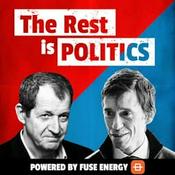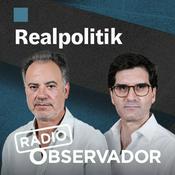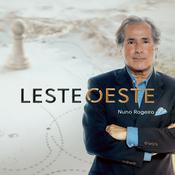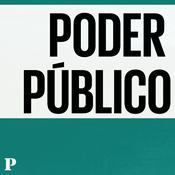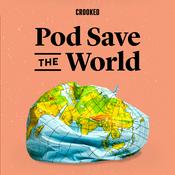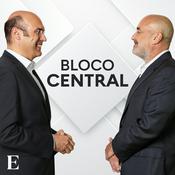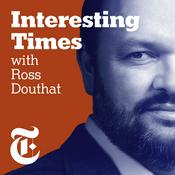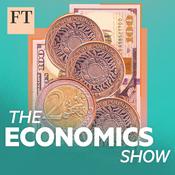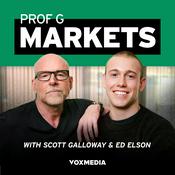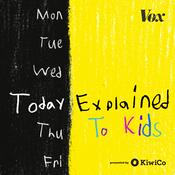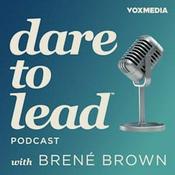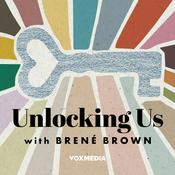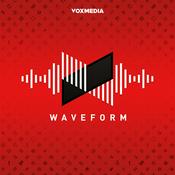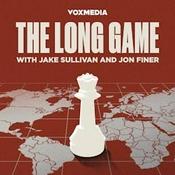561 episódios

Inside Bari Weiss’s Rise: LA, Sun Valley, and the Mogul Network
07/1/2026 | 40min
How, exactly, did Bari Weiss become the head of CBS News? We know that David Ellison, who bought Paramount last year, hired her — and bought The Free Press, the publication she started a few years earlier. But how did she get on Ellison’s radar? And why are so many media moguls, like Ellison, huge fans? New York magazine’s Charlotte Klein knows. She recently published an excellent profile of Weiss that tracks her ascent over the last few years, and I wanted to talk to her about it. It’s a story about networking, talent, and timing, and I think it tells us a lot about where we’re at right now. Learn more about your ad choices. Visit podcastchoices.com/adchoices

Craig Finn on Friendship, Fans and The Hold Steady’s Second Life
31/12/2025 | 48min
Craig Finn makes music — as the head of the Hold Steady, and on his solo records — about grown-up lives and bad decisions. Back in 2017, we talked about his life as a working rock musician — and how touring actually works, how the band found a second life, and why fans and friendship matter more than old ideas of rock stardom. Learn more about your ad choices. Visit podcastchoices.com/adchoices

Podcast Pioneer PJ Vogt’s Second Act: Less Budget, More Control
24/12/2025 | 54min
PJ Vogt helped invent modern narrative podcasting with “Reply All.” Now he’s running “Search Engine” with a much smaller team and a lot more control. We talk through what he gave up this time around, what he gained, and how he actually makes the show each week. I loved this conversation when we recorded it earlier this year. And I think it’s just as relevant now, as media talent — and lots of people in other industries, too — are figuring out how to think about money, ownership and scale. Learn more about your ad choices. Visit podcastchoices.com/adchoices

"Neither Side Is Used to Losing." Lucas Shaw on What’s Next for Netflix and Paramount in the Battle for Warner Bros.
17/12/2025 | 41min
The backstory here is that weeks ago, Bloomberg’s Lucas Shaw agreed to join me for my 2025/2026 look back/look ahead episode. And then things got way more compelling, because Paramount and Netflix got into a truly unprecedented fight over the future of Warner Bros Discovery. So that’s what we’re talking about here, including: *Why this truly is a turning point for Hollywood, and streaming, and the great media/tech collision we’ve been covering for years. *How Trump, Middle Eastern money and antitrust regulators complicate the deal *Who actually needs this merger more. *What happens now that WBD has formally dismissed Paramount’s bid? Again: we recorded this a few days before the news — but as you’ll hear, we had a pretty good sense of how it was going to go. And because this still is a wrap-up episode, we got some AI vs. Hollywood chat into this one, as well as some listening/watching recs. PS: I’ve got some bonus programming coming to you over the next couple of weeks. Have a great holiday, and I’ll see you in January. Learn more about your ad choices. Visit podcastchoices.com/adchoices

Lachlan Cartwright Started in Tabloids. Now He’s a Must-Read Media Gossip.
10/12/2025 | 46min
I chat with lots of media reporters. Lachlan Cartwright is a different beast: An Aussie who started out working for Rupert Murdoch’s tabloids in London and New York, and then on to the National Enquirer — yes, that National Enquirer — back when it was catching and killing stories on behalf on Donald Trump. Now Cartwright runs Breaker, a must-read New York media gossip newsletter and podcast, and spends his time staking out Sulzberger family barbecues, knocking on doors at 4:45 a.m., and writing about the people who run the news. We talk about how tabloid training shaped the way he reports; what he saw and did during his Enquirer years — and how he thinks about that period now; and why he believes there’s still a business (and an appetite) for smart, funny, deeply-inside media gossip. And then I put him to work, dishing on the big under-covered stories we will be talking about in the next year. Cheers! Learn more about your ad choices. Visit podcastchoices.com/adchoices
Mais podcasts de Notícias
Podcasts em tendência em Notícias
Sobre Channels with Peter Kafka
Ouve Channels with Peter Kafka, Contra-Corrente e muitos outros podcasts de todo o mundo com a aplicação radio.pt
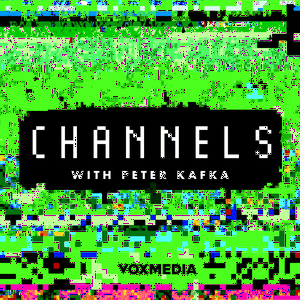
Obtenha a aplicação gratuita radio.pt
- Guardar rádios e podcasts favoritos
- Transmissão via Wi-Fi ou Bluetooth
- Carplay & Android Audo compatìvel
- E ainda mais funções
Obtenha a aplicação gratuita radio.pt
- Guardar rádios e podcasts favoritos
- Transmissão via Wi-Fi ou Bluetooth
- Carplay & Android Audo compatìvel
- E ainda mais funções


Channels with Peter Kafka
descarregue a aplicação,
ouça.

